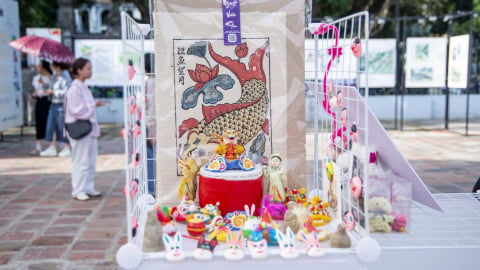Do paper museum - a place to preserve and spread
One of the most interesting places to learn about and experience this special paper is the Do Paper Museum at 189 Trich Sai, on the West Lake, Hanoi. Currently, the museum is open to the public from Tuesday to Sunday, for all those who love Vietnamese culture, love crafts, or simply want to find a quiet space in the middle of the city.
Here, visitors can not only admire valuable artifacts, from ancient paper-making tools to modern applied products, but can also directly participate in the paper-making process. From picking paper, drying paper, decorating paper by hand, to painting on Do paper, the experience at the museum is not only educational but also full of creative inspiration.
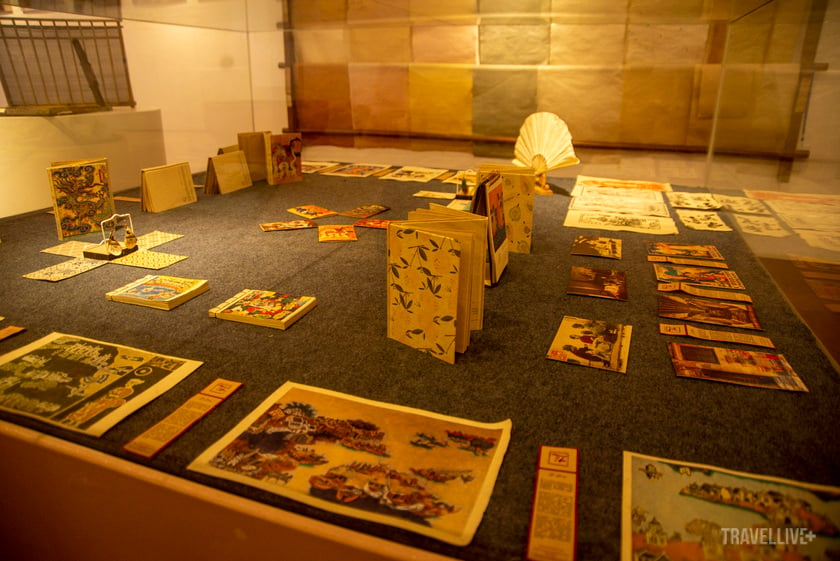

Do Paper Museum at 189 Trich Sai, West Lake bank, Hanoi
This is also where real-life stories of papermakers are kept - the master craftsmen who lived their whole lives with tree bark and dó powder, the young people who gave up office jobs to pursue the papermaking profession, and the children who first learned about "paper from trees" instead of paper from printers.
There was a long period of time when people thought that the craft of making do paper - a quintessential Vietnamese craft - would forever remain in memory. But then, amidst the dizzying development of modern society, in the age of technology and industry, do paper is gradually making a comeback.
Do paper - a rustic yet familiar name is a type of paper made entirely by hand from the bark of the Do or Duong tree, trees that grow in the midlands and mountainous areas of Northern Vietnam. Since ancient times, Do paper has been present in many cultural activities: used to copy books, write poems, write calligraphy, and especially print famous folk paintings such as Dong Ho, Hang Trong, Kim Hoang. Because of its high durability, and resistance to mold and termites, Do paper was once considered a "treasure" in preserving culture.
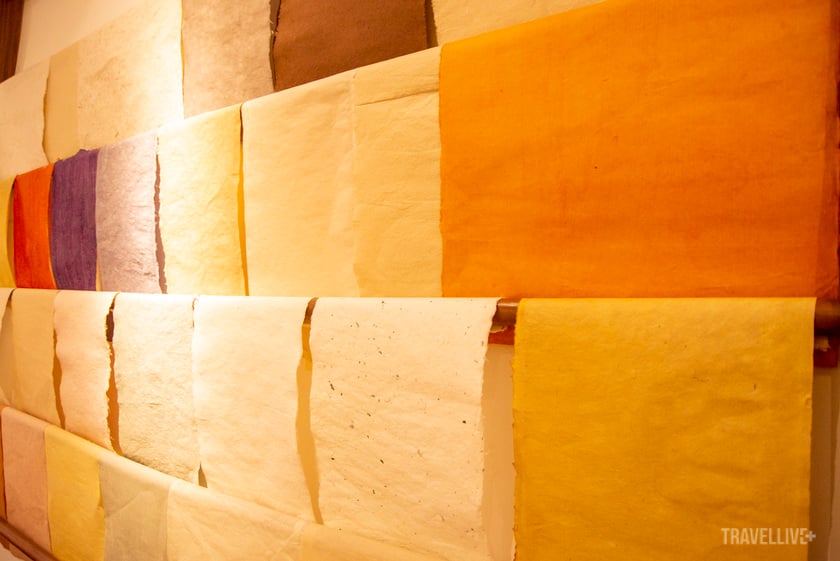

Do paper - a quintessence of Vietnamese handicrafts
Light from a "paper rescue" journey
Ms. Tran Hong Nhung - founder of Zo Project has spent a decade reviving this type of paper that is gradually being forgotten. With her love for handicrafts, nature and Vietnamese culture, Ms. Nhung not only "makes paper" but also lives with paper, travels with paper - from the highland villages down to the plains, eats, sleeps, and learns the craft with the last artisans who still keep the traditional craft secrets, like an extended arm between tradition and modernity.
"We are trying to make Do paper present in daily life, as a natural part of Vietnamese aesthetic sense" - Ms. Nhung shared.
Unlike mass-produced industrial papers, Do paper is created through a meticulous, rigorous and patient process. To create a thin, light but durable sheet of paper, the craftsman must go through 35 main stages, taking from 7 to 10 days of diligent work.

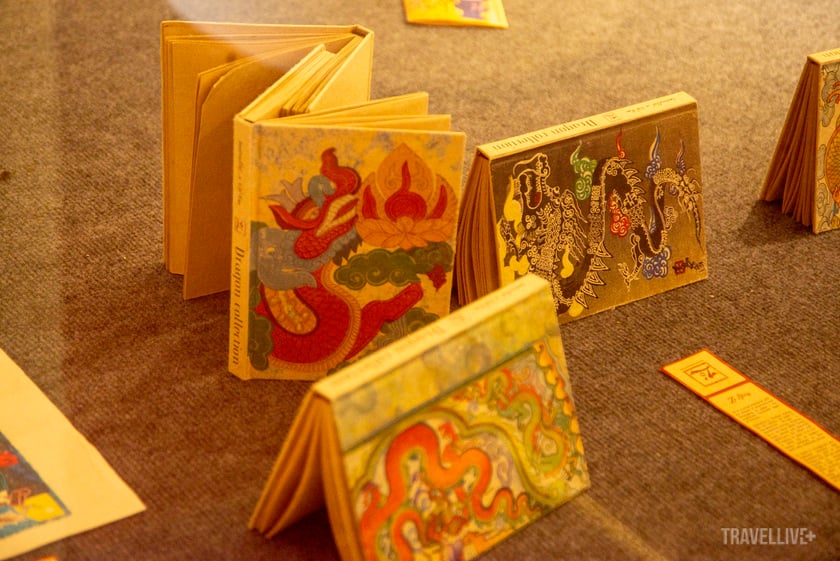
At the Do Paper Museum in Tay Ho, Hanoi
After harvesting, the bark is boiled, soaked in lime, the black bark is peeled off, then pounded with a hand pestle in a stone mortar. The pulp must be thoroughly washed with clean water, filtered to remove dirt, and then rolled into sheets on a cloth mold. It is a blend of water and fire, of hands and patience, of nature and the soul of the papermaker.
Perhaps that is why, despite its fragility, Do paper has a strong vitality. Dong Ho paintings are still vibrant in color even after hundreds of years. Proclamations, edicts, and ancient documents written on Do paper can still be read intact to this day.
But then, as time went by, the craft of making do paper seemed to have disappeared. When industrialization took over, when machine-made white paper became more popular and cheaper, people gradually forgot about the rustic, rough paper that took a whole week to produce. Paper-making villages became less numerous. Artisans aged. Young people lost interest in the craft. And do paper seemed to have stopped in the past.

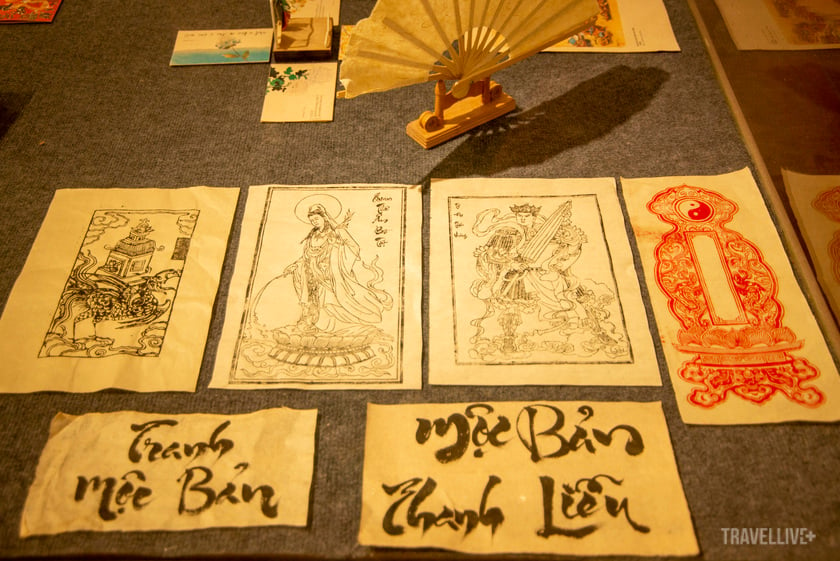
The works are shown on Do paper.
Today, Do paper is no longer just for painting or calligraphy. It is a living material for creativity. It is Do paper made into postcards, notebooks, wall paintings. It is Do paper in handbags, hairpins, earrings. It is a fragile but full of spirit paper that is being used in fashion, interior design, and contemporary art. It is the combination of traditional craftsmanship and contemporary design thinking that has helped Do paper cross the boundary of dry preservation to become a living material, with personality, art and economic value.
The journey to revive dó paper is not easy. It requires time, effort, and belief in the lasting value of Vietnamese handicraft culture. But from the persistent efforts of Zó Project, from the echo of the Dó Paper Museum, and from hundreds of artists and designers who have chosen dó paper as a material symbol of creative spirit, it is clear that dó paper is coming back. Not back as an object of display, but back to live, to breathe, to develop in a new context.
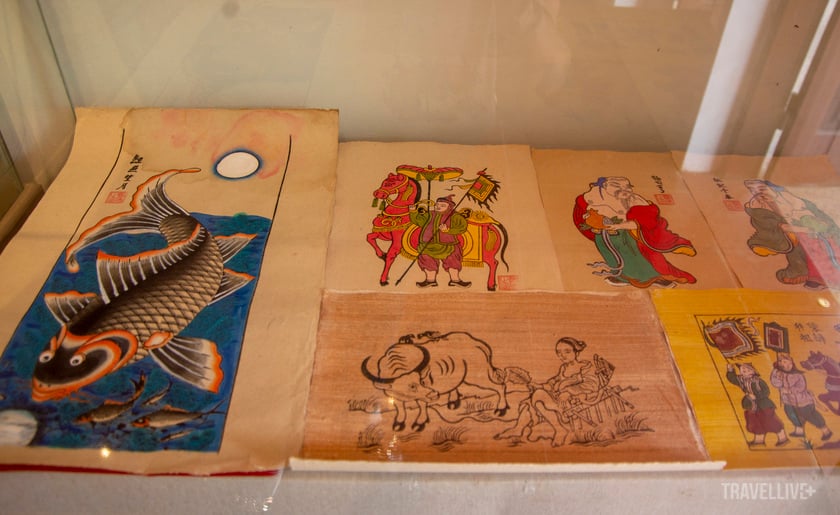

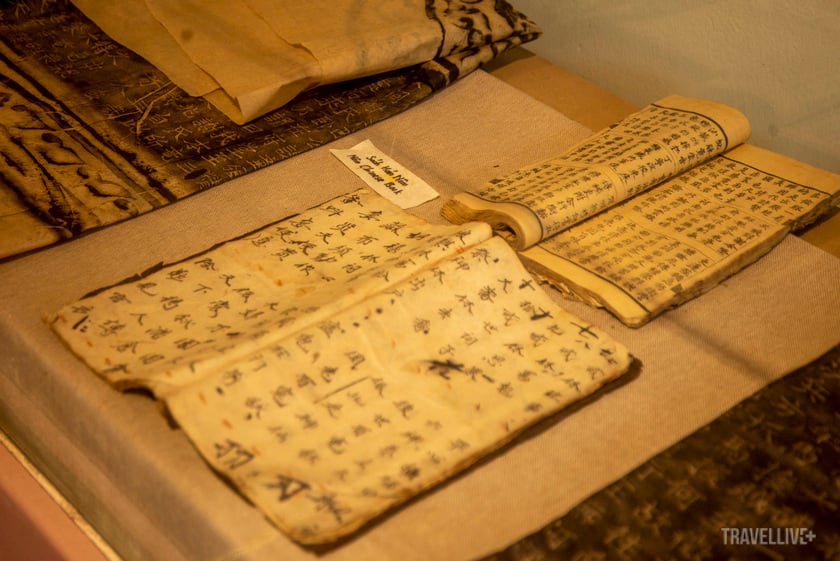
Do paper with rustic material and rich culture
And more than that, the journey also reminds us that heritage is not just something old that is kept as a treasure in a glass box. Heritage can and needs to be renewed every day through the hands, eyes, hearts and imagination of young people. Do paper with its rustic material, cultural depth and great adaptability is a living proof of that.
If you ever touch a piece of dó paper, you will see its strange life - fragile, flexible, poetic, and real. You will see the tiny fibers telling a story about the forest, about water, about fire, about the diligent craftsman. And then you may want to write something on that paper - not just a line of words, but your connection to a heritage that is reviving every day.






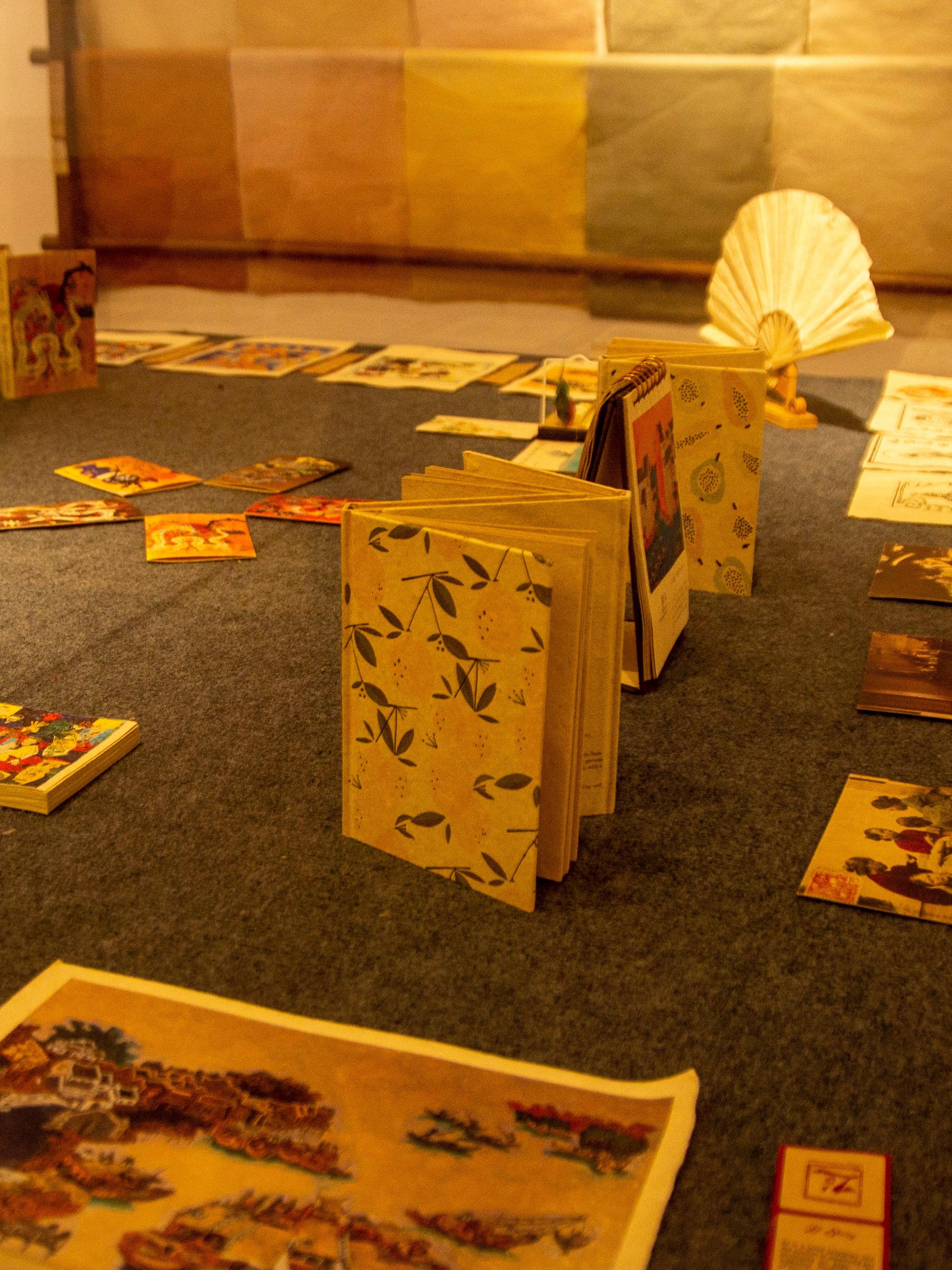
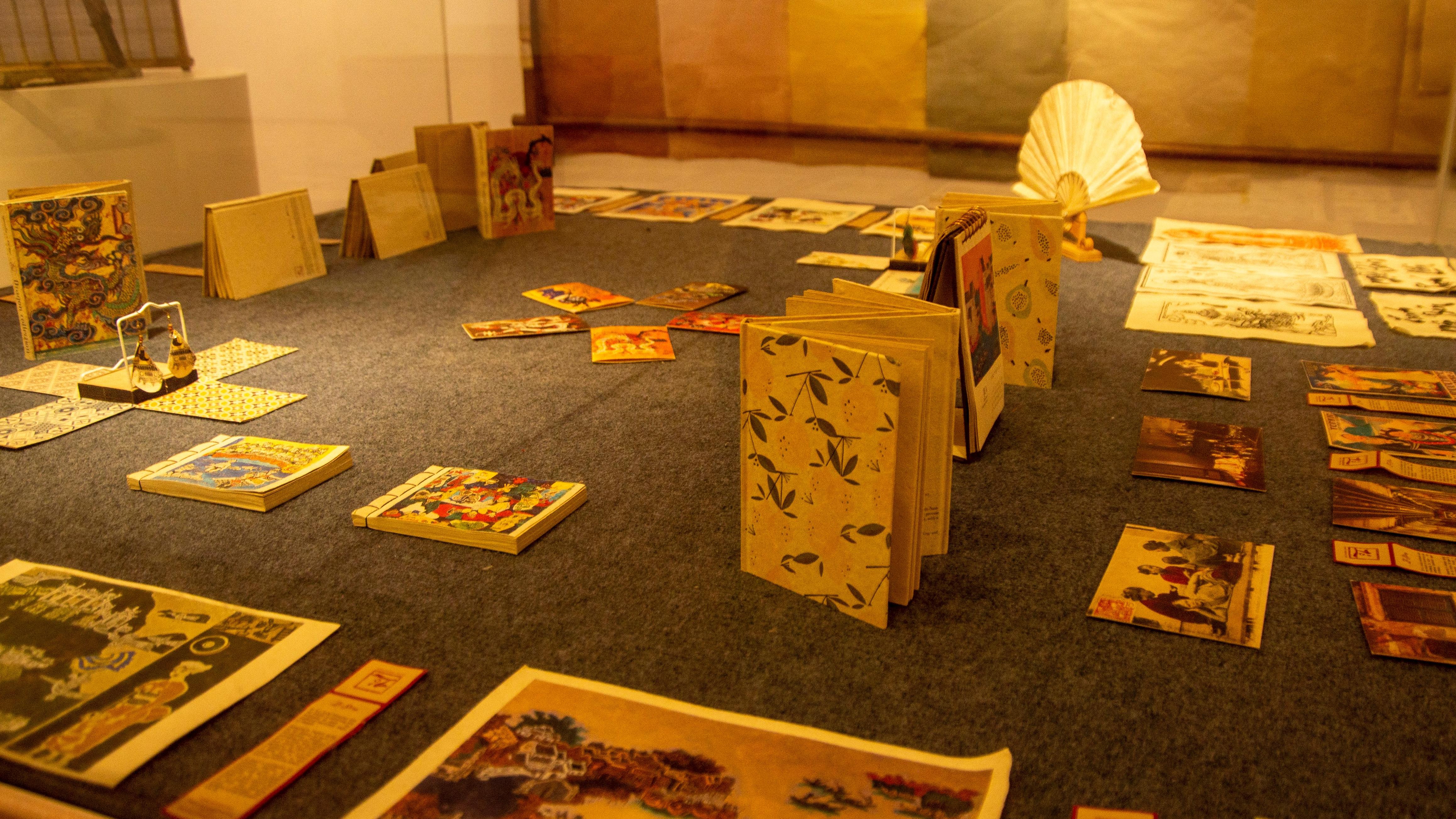
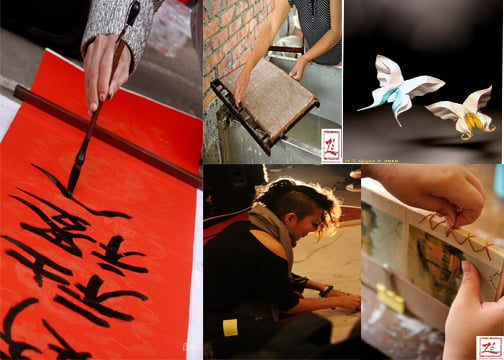














.jpg.jpg)






